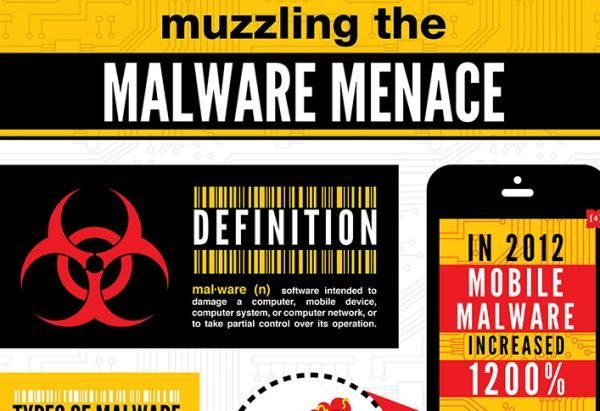Everyone knows computers are susceptible to viruses from evil-intended hackers and nefarious malware developers, but did you know your mobile phone is at risk, too? If you’re not familiar with this yet, you will be. According to this Lifelock malware infographic with stats, mobile malware increased by a whopping 1,200 percent in 2012.
Mobile phones get viruses in a similar way that your desktop PC gets them: Internet downloads (think apps, files and games) that contain malicious code.
They can also be spread from MMS (multimedia messaging service) attachments and Bluetooth transfers. Once in, the virus attaches itself to your mobile device and can replicate itself to other devices.
A cell phone virus can delete your contact information and calendar or send infected messages to your entire contact list. It may slow down or lock up select features on your phone, or it could crash the whole device.
The old stand-by methods of protection are still the best. Don’t install or download anything unless it’s from a trusted source, don’t open suspicious emails on your phone (or on your PC, for that matter) and never share any of your passwords. In addition, turn off your Bluetooth discoverable mode and stay on top of security updates and the filenames you should keep an eye out for.
Read on for more information about this poisonous trend and how you can protect yourself.
